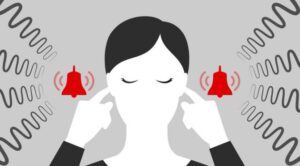Considerations For Using Hearing Aids With Music
As good as hearing aid technology has gotten in the sphere of speech understanding, considerations for music input have gone somewhat overlooked. In many cases, this results in music sounding unnatural, “processed”, or otherwise unpleasant through hearing aids programmed for speech. Also, music consists of a larger range of pitches and volumes, so what are some ways we can explore and/or adjust how we use hearing aids to best serve music?
Streaming
- Consider custom earmolds or closed ear tips to improve low frequency (bass) sounds
- If using a non-custom or “open” fit, using the equalizer equalizer through a phone app to help restore low frequencies
At Home
- If listening to music through speakers or a sound system at home, try turning the system volume down and let your hearing aids do the amplifying. If available, try experimenting with EQ settings on your sound system
- Add pillows, carpeting, or upholstered furniture to help reduce unwanted reverberation or echo
- If your hearing aids support manual programs, ask your audiologist about crafting a dedicated music program
Live Music
- Sitting in direct sight of the music source and/or live speakers can provide a cleaner sound input into the hearing aids
- If your hearing aids have telecoils installed, connecting to a theater’s loop system can help get clearer access to performed sound
NOTE: Always be aware of noise levels, particularly for amplified music. Conservative use of hearing protection can help preserve your hearing! Contrary to popular belief, having a hearing loss does not provide protection against further hearing damage.
Being able to enjoy music with hearing loss and hearing aids can be a challenge, but these tips along with consulting your audiologist can help mitigate some of the problems associated with hearing aids and music. Contact the audiology team at Dallas Ear Institute to schedule an appointment to explore your individual hearing needs and concerns.



